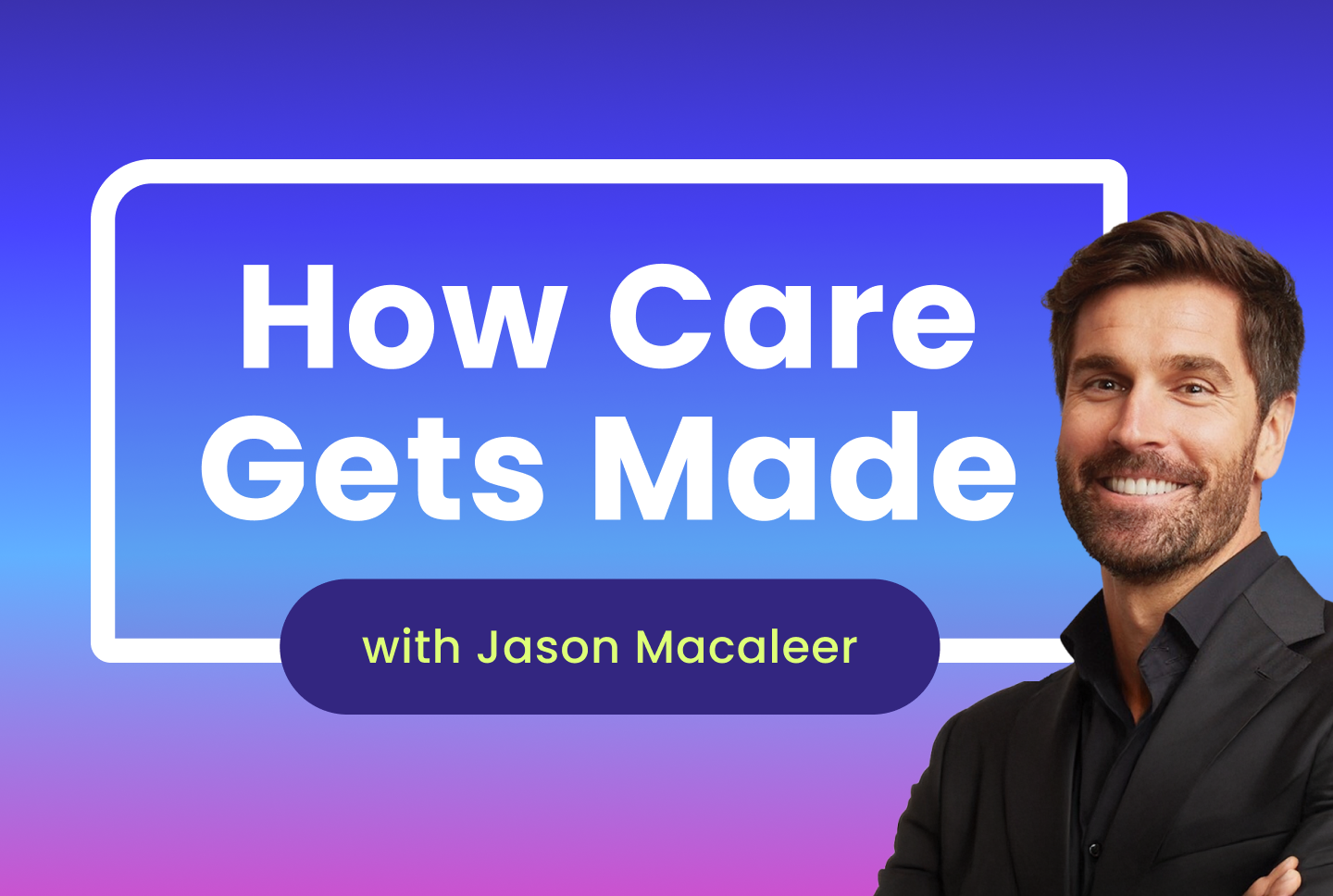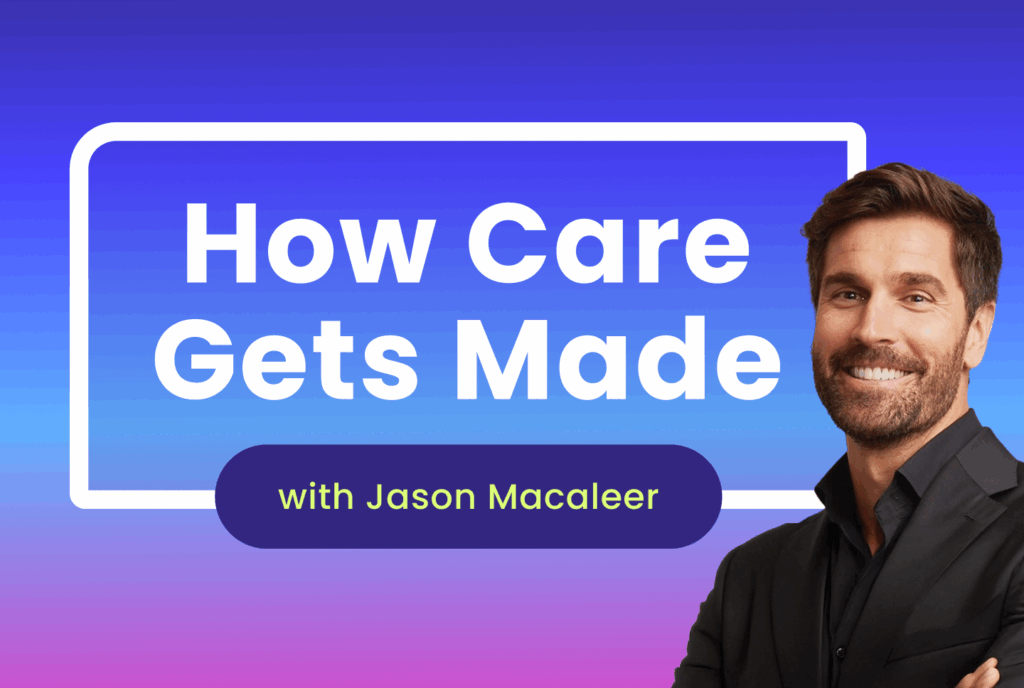When it comes to managing rising healthcare costs, self-funded employers have two main levers they can pull:
reduce the cost of care (unit cost) or reduce the amount of care (utilization).
It may sound simple, but it’s not.
Plan sponsors don’t just need to save money today; they need to ensure that those savings don’t backfire tomorrow in the form of worse outcomes and higher costs. So the real question is:
What can you do today to lower healthcare spending without creating new problems & expenses tomorrow?
In cardiometabolic care, the answer usually comes down to sustained behavior change for those consuming care.
Long-term success in this space hinges on whether people can genuinely think and act differently than they have before. Real outcomes, be they clinical or financial, come from programs that impact the most people to help them sustain meaningful change in their behavior.
Cardiometabolic dysfunction isn’t random. It’s rooted primarily in habits and behaviors.
When we’re talking about these types of conditions, we need to note that they usually take years to develop and are often largely shaped by lifestyle habits: diet, exercise, sleep, and stress.
Yes, biology matters, but across populations, these four behavioral pillars are the consistent drivers of cardiometabolic dysfunction – making them the biggest targets for change.
And the payoff? When you restore cardiometabolic health, the ripple effects are powerful. Improvements often extend beyond cardiometabolic function to related conditions like autoimmune issues, mental health, fertility, gastrointestinal problems, chronic pain, sleep, and even some cancers and cognitive decline.
Not all programs are built the same
The cardiometabolic care space has exploded with vendors and solutions. New programs pop up in the market on a seemingly weekly basis. All promising better outcomes through personalized, tech-driven support.
But with dozens of programs in the market, comparison is tough. Most programs sound similar, offering clinicians, devices/wearables, personalization (via data), and a promise to help members live healthier lives. But under the hood, there are often differences, leaving plan sponsors struggling to know who and what to trust.
From coaching apps to virtual clinics: the evolution of the category
Cardiometabolic programs started mostly as remote monitoring tools with coaching layered in. Then came bundled condition support. Then mental health was added. Then came physician oversight and virtual care teams.
Now, many of these platforms look and act more like a virtual (primary) care practice than a niche point solution. They offer:
- Full care teams: prescribing physicians, nurses, dietitians, therapists, and coaches
- In-network billing & integration
- Medication management and adherence (including GLP-1 support)
- Strategies for cost containment (e.g., step therapy, deprescribing, prior authorization, etc.)
All in service of the same goal: changing behavior at scale. But again, we must ask, what actually drives outcomes?
The best programs share a few things in common:
- They make it easy for members to engage.
- They deliver personalized, proactive support.
- They understand the science (or psychology) of lasting behavior change.
- They empower members.
In other words, the experience matters a lot. It must be streamlined, supportive, and human. That’s the way to meaningfully move the needle, especially for large populations.
What this means for plan sponsors
The stakes are high. Plan sponsors are being asked to choose between dozens of programs, each with its own slick marketing and lofty promises. But the smart choice isn’t always the flashiest. It’s the one that delivers: Real engagement, not just app downloads. Sustained outcomes, not just early wins. Behavioral impact, not just tech for tech’s sake.
The most effective programs will help reduce cost and improve health outcomes, without shifting risk down the road. So, as you evaluate partners in this space, ask yourself:
Who can actually reach your members, change their behavior, and earn their trust?
Learn more about how Vida might just be that partner you’re searching for.



